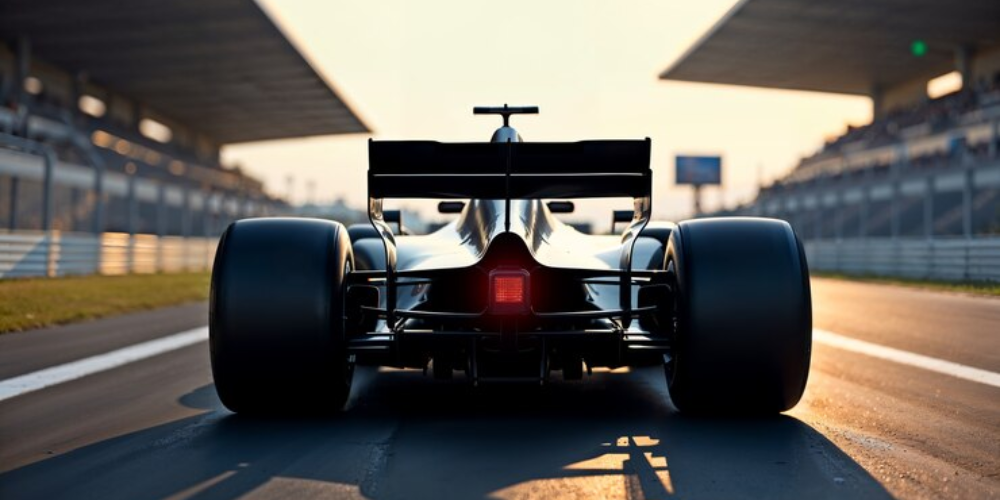
The Role of Downforce in F1 – Insights from McLaren’s Emel Cankaya

In the high-speed world of Formula 1, cars fly through corners at over 190 miles per hour. These incredible speeds are made possible by a crucial factor: downforce. Downforce is the invisible force that keeps the cars on track, ensuring they stay grounded while navigating sharp turns.
In a recent episode of F1 Explains, Emel Cankaya, an Aerodynamics Specialist at McLaren, breaks down the science behind downforce. She explains how it works, how F1 cars create it, and how different parts of the car, like the front wing, rear wing, and car floor, play a role in generating downforce.
What Exactly Is Downforce?

Instagram | desiracingco | Downforce helps cars maintain grip and speed.
Downforce is a vertical aerodynamic force that pushes the car toward the ground. This added pressure increases the car’s grip on the track, allowing it to take corners at higher speeds without losing control. Cankaya describes it simply: “Downforce is the force that pushes the car down, giving it more grip to go faster through corners.”
The wings on an F1 car are key to creating this force. Inspired by airplane wings, but flipped upside down, these wings generate downforce instead of lift. As Cankaya puts it, “Wings on F1 cars are like airplane wings, but reversed. They push the car into the ground, instead of pulling it up.”
How F1 Teams Adjust Downforce for Different Tracks
Not all F1 tracks are the same, so teams adjust their downforce setups depending on the circuit. For tracks like Monza, where the cars spend more time on long straights, low drag is essential to maximize speed. As Cankaya explains, “If a car spends a lot of time on straights, like in Monza, you need less drag, so a smaller rear wing is better.”
On the other hand, tracks like Monaco are full of tight, low-speed corners. In this case, more downforce is needed for better grip in the corners, so teams use larger rear wings. “In Monaco,” Cankaya says, “you need a large rear wing because the track has many slow corners, and you want maximum grip to move through them quickly.”
How F1 Car Wings and Floors Work Together
Both the wings and the floor of an F1 car play a critical role in generating downforce. The front and rear wings guide the airflow around the car, pushing it downward to keep it stable. The car’s floor works in tandem by channeling air underneath the vehicle. This creates a vacuum effect, pulling the car even closer to the track. This combination of wings and the car’s floor creates a powerful force that helps the car stay fast and safe.
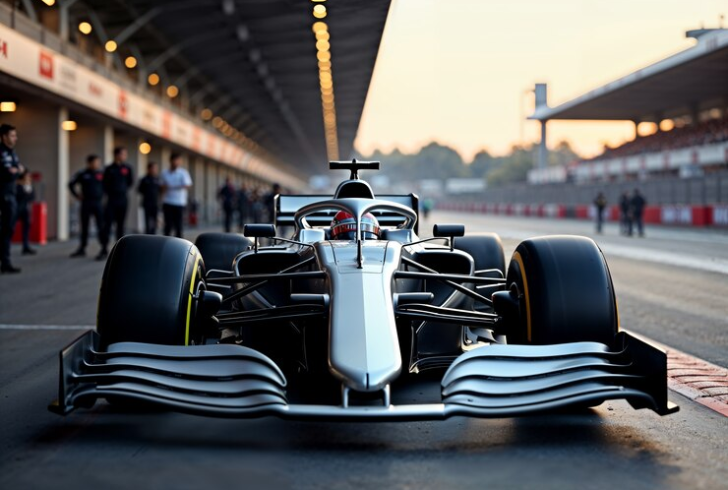
Image by freepik | F1 wings and floors create powerful downforce.
Learning More About the Science of Racing
For those interested in understanding more about the technical side of Formula 1, the F1 Explains podcast offers fascinating insights. In every episode, hosts Katie Osborne and Christian Hewgill explore different aspects of the sport, answering fan questions along the way. In one episode, Aston Martin’s Stoffel Vandoorne explains complex topics like overtaking and braking.
If you’re curious about downforce, braking, or qualifying, or want to learn more about what happens behind the scenes in F1, the podcast is a great resource. Fans can even submit their own questions to the podcast for a chance to have them answered by experts in the field.
F1 Explains Live at the US Grand Prix
Fans of F1 Explains have the chance to see the podcast live during the United States Grand Prix. Katie and Christian will be live on stage at the Circuit of the Americas on Saturday, October 19, alongside special guests Ollie Bearman, a Ferrari Academy Driver, and Mika Hakkinen, a two-time Formula 1 World Champion. Anyone with a weekend or Saturday ticket can attend the show without needing reservations.
There’s also another event for F1 fans on Sunday, October 27, at the newly opened F1 Arcade in Washington, D.C. Here, fans can enjoy simulator racing, food, drinks, and a watch party for the Mexico City Grand Prix, hosted by the podcast team.
More in Formula 1
-
`
Flamboyant Formula One Boss Eddie Jordan Dies Aged 76
Eddie Jordan, the outspoken, wild-hearted Formula One team boss, has died at 76. Known for his sharp wit, bright shirts, and...
April 4, 2025 -
`
Top 5 NBA Trades That Could Create New Title Contenders
The NBA landscape is always buzzing with excitement, and the upcoming season is no different. While the Boston Celtics currently dominate...
April 4, 2025 -
`
Master the Art of Defense With These 5 Essential Boxing Guards
Boxing is a sport that combines raw power, strategic acumen, and graceful agility. Often referred to as the “Sweet Science,” it...
March 25, 2025 -
`
LeBron James, 40, Adds Yet Another Record to His Legendary NBA Career
If it is another night for the GOAT, it is surely another milestone for LeBron James. At 40 years old, he...
March 21, 2025 -
`
The Most Spectacular Goals in Premier League History
The Premier League, widely regarded as one of the world’s most competitive and prestigious football leagues, has witnessed some truly iconic...
March 20, 2025 -
`
Best Wide Receivers in the History of Houston Texans
Since Texans’ debut in 2002, the team has worked hard on the field to get some serious firepower and introduced four...
March 15, 2025 -
`
Ferrari Sets Eyes on F1 Title With New 2025 Car
Ferrari has pulled the covers off their 2025 F1 challenger, the SF-25, and it is nothing short of breathtaking. The unveiling...
February 28, 2025 -
`
LeBron James Opens Up About the Latest Lakers & Hornets Trade
LeBron James didn’t hold back when asked about the Lakers’ latest trade. The team made a bold move, sending rookie Dalton...
February 21, 2025 -
`
Israel Adesanya Predicts a Resurgence of the Golden Era of African MMA
Israel Adesanya believes Africa is on the verge of taking over the world of mixed martial arts. The former UFC middleweight...
February 13, 2025

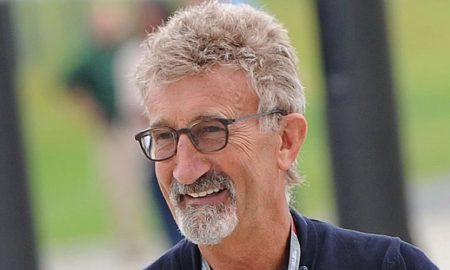
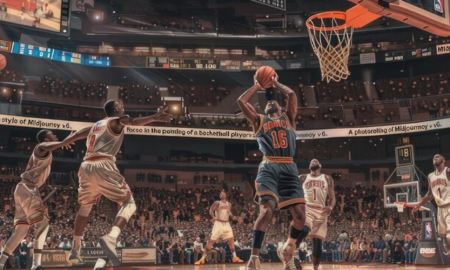
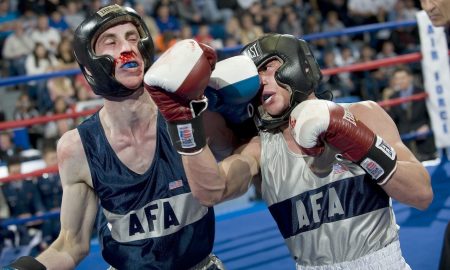
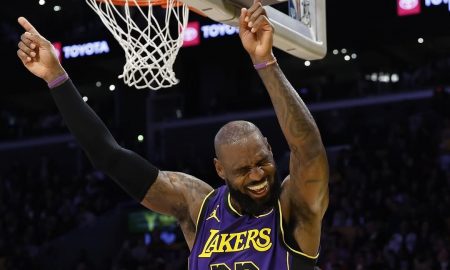
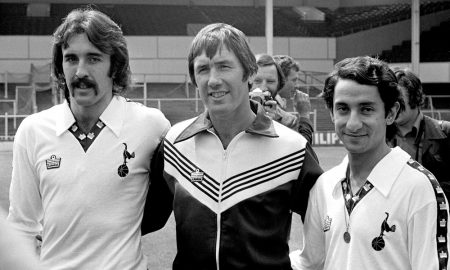
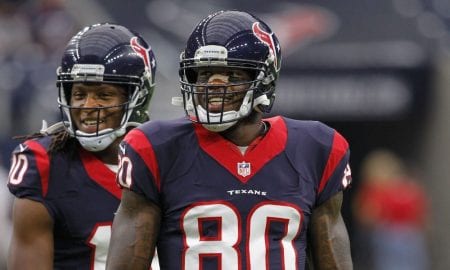
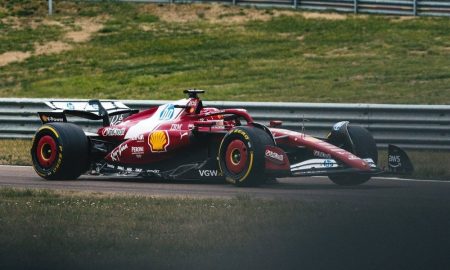


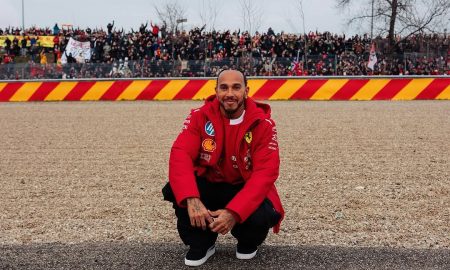
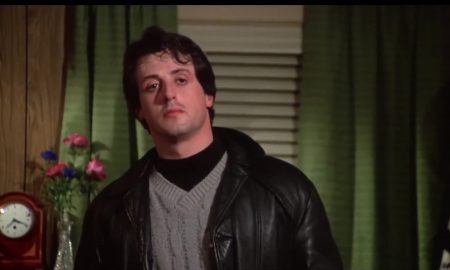
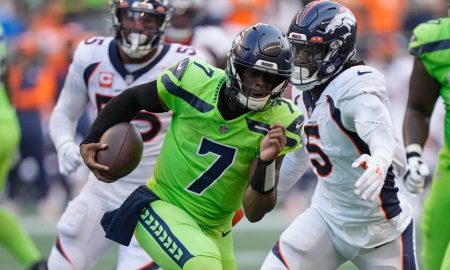


You must be logged in to post a comment Login